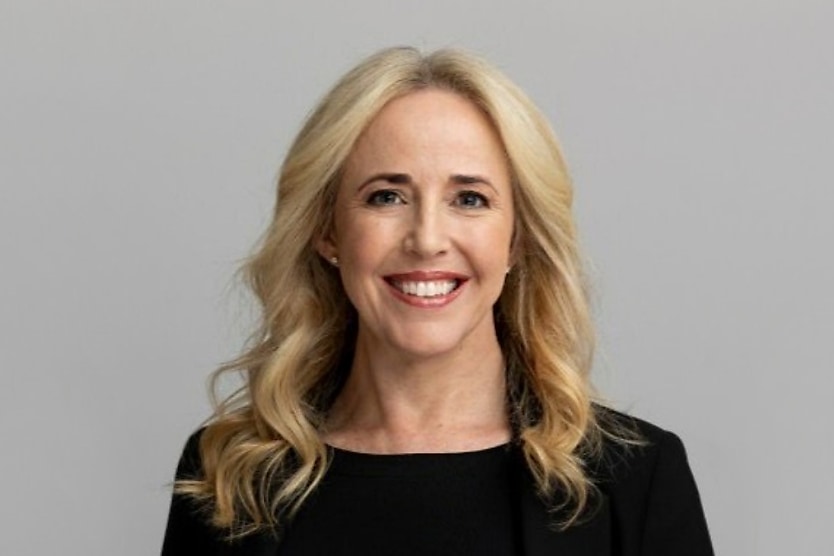
Building a corporate environment that prioritises employee wellbeing while also driving performance might sound like an impossible task. But with the right approach, leaders really can supercharge productivity and achieve phenomenal results while also balancing employee wellbeing and a culture of care.
The key is to focus on what you can control, to lead by example, and to lay solid foundations on which your people can thrive.
Wellbeing woes
If you’ve noticed a dip in employee morale and wellbeing in your organisation recently, then you’re certainly not alone. When times are tough, wellbeing and mental health inevitably suffer.
HiBob’s recent Growing Pains report surveyed more than 400 HR professionals, and the majority (60 per cent) agreed that maintaining a positive corporate culture is tough when everybody is worried about the future.
It’s hard to remain upbeat in the face of unrelenting global conflict, environmental woes, economic downturn and a cost of living crisis.
Employees are feeling unsteady, and wellness Band-Aid solutions aren’t cutting it for deep-rooted anxiety and unrelenting overwhelm.
But the good news is there are ways to set your people up to succeed and to build capacity in individuals so that they can cope with uncertainty and feel supported in their roles.
Clear is kind
Are your people really clear on what success looks like and their role in achieving success? Giving them clarity on setting individual goals and role clarity can help individuals focus and understand what they need to do, while also reducing anxiety and overwhelm.
Changes to psychosocial regulations this year have made clear that organisations need to consider approaches to managing psychosocial risks and fostering mentally healthy workplaces, and lack of role clarity has been cited by Comcare as one of the top psychosocial hazards to avoid.
Without clarity, you risk people feeling directionless and stretched. Getting clear on what’s important and why, will help them operate more effectively. Encourage your leaders to clearly articulate what success looks like and invite opportunities for feedback and reflection.
A team effort
Hybrid work scenarios have made it harder to bring your team together physically, but that doesn’t mean you can’t set them up for shared success.
Think about high-performing sports teams – we don’t expect them to achieve big things without support. The same goes for the people in your business. Just like an athlete, they need a performance mindset, they need to be clear on their success metrics and milestones, they need good energy levels, and they need opportunities to rest and reset to sustain optimum performance.
The concept of rest is particularly important. Each of us has natural peaks and troughs in our energy levels, so providing people with the space to work within those ebbs and flows can help them be more productive in the long term. An employee who’s supported in resting when they need it is going to bring their A-game when their energy is fully charged.
Leading by example
This is where leadership matters. Our survey of more than 2,000 employees found that 47 per cent of respondents had experienced poor managerial support, and it had a “large impact” on their work performance. We know that people don’t leave businesses, they leave managers, so leaders are a critical piece in the high-performance and wellbeing puzzle.
An “always-on” work culture, created by round-the-clock emails and a stream of Slack notifications, means people feel pressure to respond out of hours and never truly switch off from work. So leaders need to lead by example, setting boundaries between work and life and prioritising opportunities to recharge.
We need to normalise mental health conversations across every level of the business and encourage leaders to actively champion mental health initiatives.
Now is the time to help leaders proactively incorporate self-care routines and stress-management techniques into their own lives and into their team management to foster a healthy culture throughout the organisation.
Technology can provide tools to help facilitate these kinds of self-care practices across a hybrid workforce so that every team member feels supported and has constructive ways to manage their mental health.
Because it goes without saying, healthy people build healthy businesses. If you want an organisation built on resilient, rested and well human beings, then it’s time to build a culture where support is encouraged, success metrics are clear, and self-care is standard practice.
Raechel Gavin is the chief people officer at Sonder.
Jack Campbell
Jack is the editor at HR Leader.










